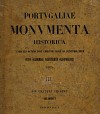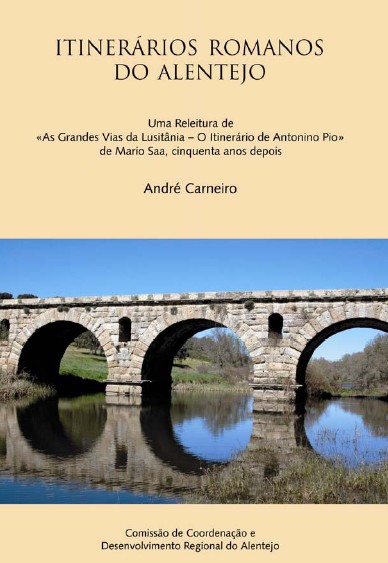(Originally published on November 18, 2011)

The Diplomata et Chartae is a compilation of documents from the 9th to the 12th centuries collected in abbeys and monasteries’ libraries. These are mainly legal documents stating the agreement established between parts. These documents were organised by Portuguese writer Alexandre Herculano and later published by the Royal Academy of Sciences of Lisbon between 1856 and 1888 in a four volume work entitled the «Portugaliae Monumenta Historica», containing many of the extant medieval manuscripts. Mostly are property selling or donation, as back then all notary acts were performed by the church. These properties were commonly delimited by ancient public roads that are referred in the documents with names such as «via publica», «karraria antiqua», or «Moorish roads». These designations clearly indicates that they were already used for many centuries before, eventually since Roman times. Given that few roads were built from the late Roman period to the ninth century, it is very likely that these are in fact references to roads already operational during Roman times, turning these documents an important source of information for the study of the Roman network.
More information on http://viasromanas.pt/vrinfo.html#diplomata
